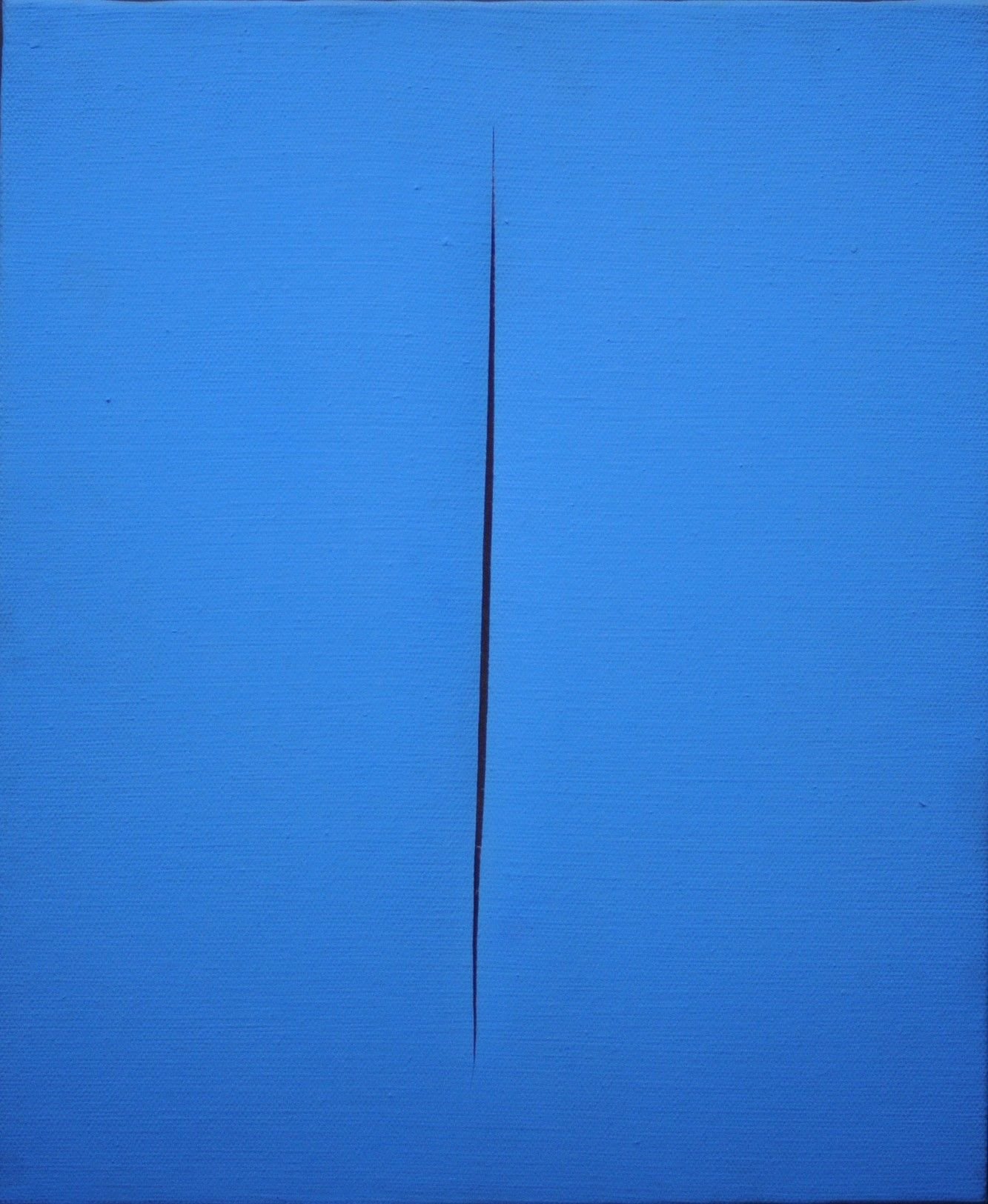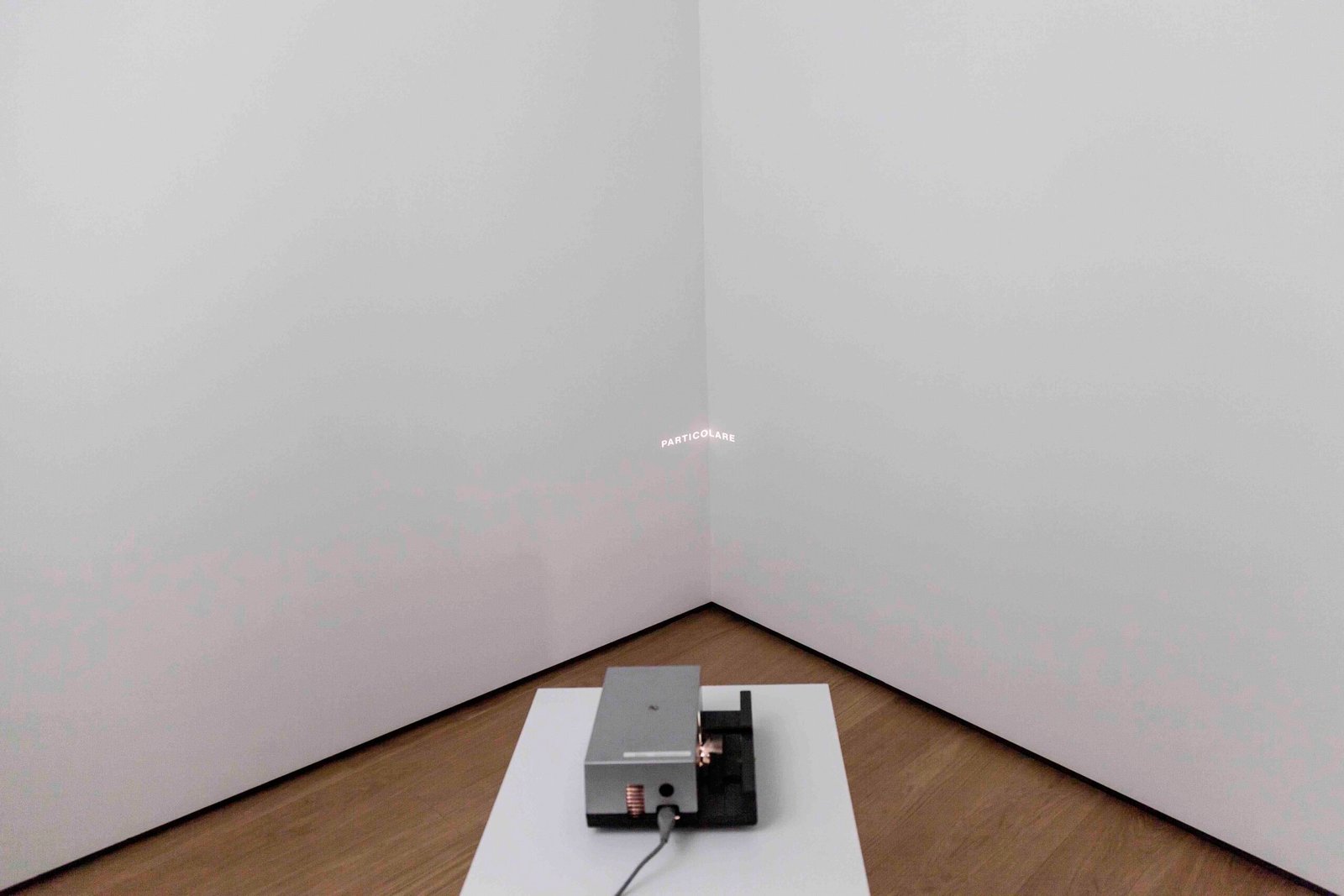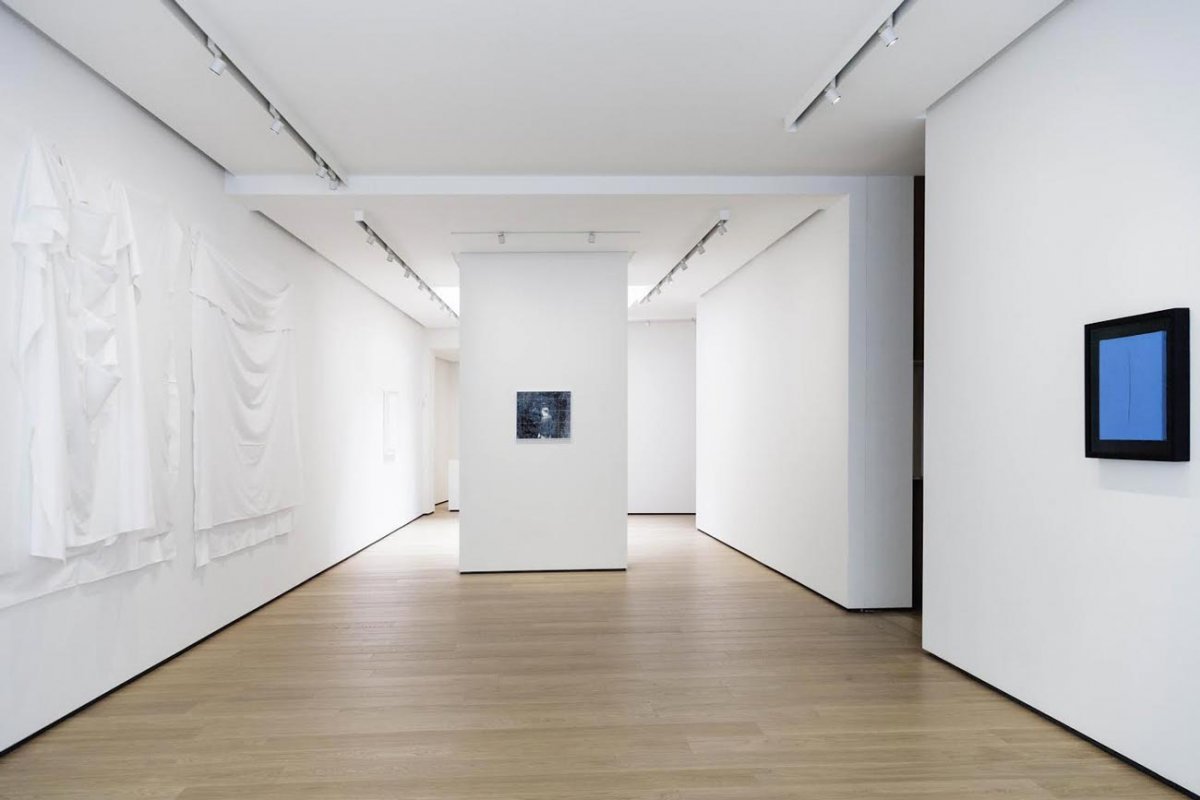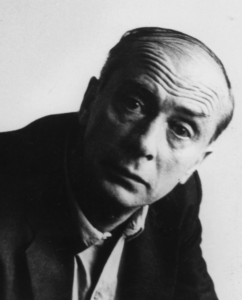Second Solution of Timelessness
16.05.2018 – 14.07.2018
Artists on view:
Vincenzo Agnetti
Giovanni Anselmo
Elisabetta Di Maggio
Luciano Fabro
Lucio Fontana
On Kawara
Kimsooja
Tatsuo Miyajima
Roman Opalka
Hiroshi Sugimoto
BUILDING presents, from 16 May until 14 July, Second Solution of Timelessness, an exhibition curated by Helmut Friedel and Giovanni Iovane, a collective of contemporary artists, who, through various techniques and languages, from the ’60s until today, focused their attention on the perception of time: existential time, duration, “an act of faith in the infinite” (Lucio Fontana) and even an obsession.
An exhibition of ‘research’, the first at BUILDING, in a path of museum character, for the importance of some loans – from public and private institutions – that offers to the city of Milan an interpretation to decode some visions, which fascinated artists and trends from the late twentieth century Italian at the beginning of the third millennium; an ever present and absolutely timeless obsession.
The title, inspired by the exhibition project conceived by Gino De Dominicis (1947 – 1998), for the Venice Biennale in 1972 (Second Solution of Immortality), aims to describe the meaning, the mise en scène – in the true meaning of reflection and implementation of a performative act – the obsession for time, meaning and signifier, incommensurable physical phenomenon, difficult to immortalize, contain and understand, staged and repeat, hence the tension, either mystical or ironical, in many contemporary artists, to grasp and to replicate an oxymoron: a timeless time.
This meditation, already declared in
The Manifesto of the Spatialist by Lucio Fontana (1899 – 1968), in its formulation and iteration, in several examples of the Concetto Spaziale e Attese, dialogues in the exhibition with the results of Giovanni Anselmo (1934) and Vincenzo Agnetti (1926 – 1981), but above all by Luciano Fabro (1936 – 2007), who gives the observer a more poetic and rarefied vision of the idea of space and time, for example in the Imprints of 1982, or in Tre Modi di Mettere le Lenzuola of the 1968 and in Davanti Dietro, Destra, Sinistra, Cielo. Tautologia, also from 1967-1968.
The Meridiana – Tempus Mentis by Agnetti offers instead a representation of time as an architectural and naturalistic reminiscence, in the shadow of the sun, pursued while marking the hours of the day, an ancient instrument, which contains an unconscious wisdom, as a series of vanitas from the 17th Century are historical and timeless allegories.
Numbers are signs, universal and univocal, tangible and concrete, predisposed to ‘counting’ time, or the absence of the same; the number becomes cell, monema and phoneme, in the language of Roman Opałka (1931-2011): his voice, a sound work, shows the artistic practice on display.
Another numerical progression, illuminated in the darkness, returns in a work of 1984 by Tatsuo Miyajima (1957). While Hiroshi Sugimoto (1948), with the series of Theaters (2014-2015) introduces the idea of exposure, temporal, technical and metaphorical duration, in his photographs, as it happens in the film and in Kimsooja’s photographs (1957), A Laundry Woman – Yamuna River, India, 2000 and A Needle Woman – Kitakyushu, also realized in 2000, mimesis and synthesis of a performative artistic practice.
One Million Years and I Got Up by On Kawara (1932 – 2014), are further results of this research: writing and receiving a message, reading, in an intimate way or aloud, from which emerges a memory and the consequent aspiration to the eternity of a sign, that intends to understand past, present and future.
Along the way there is a further elaboration, which lasted ten years (from 2001 to 2010), performed on hand-carved tissue paper, by the Italian artist Elisabetta Di Maggio (1964).
–
Helmut Friedel, art historian and curator, was director of the Lenbachhaus in Munich from 1990 to 2013 and was also a professor at the Academy of Fine Arts in Munich.
Giovanni Iovane, art critic and independent curator, is Professor of History of Contemporary Art at the Brera Academy of Fine Arts.
The exhibition will be followed by the publication of a volume that will focus on the fil rouge of the exhibition.














